TikTok Shop Raises Seller Fees Across Europe as Platform Pushes for ‘Content-Driven Commerce’ Expansion
Reading Time: 3 minutesTikTok Shop is raising its sales commission for merchants across five active…
Imagine how upset a customer will be if their order never reaches them. Or they order something and it arrives either defective or broken. Obviously, their shopping experience won’t be a good one and they wouldn’t want to shop from that store ever again. So to encourage good performance, Google introduced Buy On Google Retailer standards, which is a seller metric that helps rate sellers on the basis of their performance. So let’s further discuss what retailer standards is, how it affects your performance, what are the benefits of good retailer standards and so on and so forth.
Did you know about the new opportunity that lets you keep all your profits to yourself? With the exclusion of commission fees from the Google Shopping Actions programs, you can enjoy all the profits made through your sales. Grab the opportunity with us today!
Retailer Standards are benchmarks that help Google to measure your performance success and identify the areas that have chances of improvement.
Each month you’ll receive a rating that shows how closely you’re meeting Google’s customer service standards, and for fair evaluation which is based on the data from the previous 3 months. Also keep in mind that if your score falls “Below Standards,” the lookback window will shrink from 3 months to 1 month to help you bounce back quicker. This lookback window will increase back to 3 months once you bring your score back up to “Meeting Standards”.
Before discussing this, you should know the meaning of certain terms.
A percentage of items that have a negative seller rating.
Shipping rate defect is the percentage of the items for which the shipment didn’t receive a carrier scan within the handling time or for which tracking information was missing.
The percentage of items in which the shipment was shipped within the handling time, but was not delivered on time. A delivery defect will be applied in the following cases:
Late delivery:
Moreover, it will not be counted as a defect if the item delayed due to weather conditions if noted in the carrier tracking details.
The percentage of total return items in which a return is not processed within 2 business days of arriving at your facility or in which valid return tracking details are not uploaded in Merchant Center. A return defect will be applied in the following cases:
A return is not processed in Merchant Center within 2 business days of receipt
Dont worry! Items refunded via the Returnless Refunds will be counted as your total returned items and will never be counted as a defect.
Top Retailer badge eligibility requires a minimum of $15K in sales value and a minimum of 300 items fulfilled (excluding items that were canceled by the customer or by Google) within 90 days.
Retailer Standards scoring is item level based, therefore orders with multiples of the same item are taken into consideration. No sales requirements are applied to Meeting Standards merchants.
For low-performing sellers, Google applies a regulatory limitation on the number of orders they can receive per day.
Item defect rate: less than 1%
Shipping defect rate: less than 2%
Delivery defect rate: less than 3%
Return defect rate: less than 10%
Sales goals: $15K in 90 days
Item goals: 300 items in 90 days
Benefit: Eligible for 1-day payment disbursements (1 day after delivery scan)
Item defect rate: 1% to 5%
Shipping defect rate: 2% to 4%
Delivery defect rate: 3% to 8%
Return defect rate: 10% to 15%
Sales value and item quantity do not apply here.
Item defect rate: above 5%
Shipping defect rate: above 4%
Delivery defect rate: Above 8%
Return defect rate: Above 15%
Item defect rate: Above 20%
Shipping defect rate: Above 20%
If you consistently experience item or shipping defect rates surpassing 20% over 2-day evaluation periods, you’ll be considered for “daily-defect evaluation.”
If you reach this status, you’ll receive a warning through email with the details such as the primary defect driver, cumulative defect rate for the last few days, and tips to help you improve your performance. Depending on how severe the reason for the performance drop. Google may enforce a daily order cap for a limited amount of time to ensure that you’re able to fix the issue while still fulfilling orders. If poor performance continues, it can result in account suspension.
Now that you know what factors affect Buy On Google retailer standards, so you can improve these areas to help improve your rating.
An item defect is counted when a product receives a negative rating. There could be several reasons why a product receives negative ratings, such as,
Note: Even if one of the items in order gets a negative rating or gets canceled by you or by Google, all the items in that order will be considered defective.
Try to reduce your item defect rate by monitoring the handling and shipping time.
Keep in mind the maximum handling time is 4 days.
Here are some things that will be considered as shipping defect rates:
Pro tip: Including a day or two more in the estimated delivery date will provide you room for any errors related to shipping, and in return, you will always deliver before the estimated delivery date.
Try to devise a method to keep track of your shipment, or you can use apps that will help you keep track of all your shipments.
Did you hear about the fantastic news from Google? Google has now allowed sellers to showcase their products on Google Shopping through Google Merchant Center. Thus, a major part of the Google Shopping page is going to be occupied by these free listings. All they need to do is create an optimized Shopping Feed via the Merchant Center and make sure Surfaces Across Google is Active. Enjoy this unpaid experience and create your Google Shopping Feed now:
Using an app to improve your delivery defects can help you stay to fulfill your orders better. Moreover, you can also keep a few things in mind:
The estimated delivery date is the “arrives by” date that customers see at the checkout page. It is calculated as “maximum handling days + maximum transit days.” The estimated delivery date is calculated using days, and also takes order cutoff time into account.
Let’s take an example to better understand the estimated delivery date might look like with the settings below in Merchant Center:
Order placed after the cut-off of 3 p.m. EST
0 – 1 handling days
3 – 5 transit days
After properly calculating the estimated delivery date, add 1-2 days more for any errors. This will ensure that you have enough time to rectify any errors or mistakes.
In case your defect arises due to the reason- item was shipped on time and delivered late, ensure that transit time accurately represents your carrier’s current situation and the carrier service you chose has good performance over time.
Order cutoff rate: The holidays and weekends are excluded from the estimated delivery date, it buys you more time to stick to the maximum delivery time of 10 days.
The rating you’ll get will be visible on your Standards dashboard in your Merchant Center account on the first day of each month. However, quarterly you will know your category, i.e. if you’re a “Top Retailer”, “Meeting standards” or a “Below standards” retailer.
To check your current retailer standards, log in to your Merchant Center account and in the left-hand navigation panel, click on the “Performance” option and then on the “Dashboard” where all your shipping, delivery, and order data is.
To check what your rating is, click on the “Retailer Standards”, you will be able to see your current Buy On Google retailer standards.
CedCommerce is an official partner of Google Shopping
Focus on providing your customers with a great shopping experience and you will be a top retailer in no time.
But at any stage you feel stuck or confused, we will be more than happy to help.
With CedCommerce’s help, the merchants saw a 36% GMV growth in the last quarter, so do you want to join CedCommerce on this journey to achieve the near-perfection of Buy On Google retailer standards? Connect right now in the comment section! With our integration easily upload your products, manage your orders, manage your business information, set up goals and track conversions, etc.
Happy selling~

Reading Time: 3 minutesTikTok Shop is raising its sales commission for merchants across five active…

Reading Time: 11 minutesBy now you have seen your BFCM 2025 numbers. The harder question…
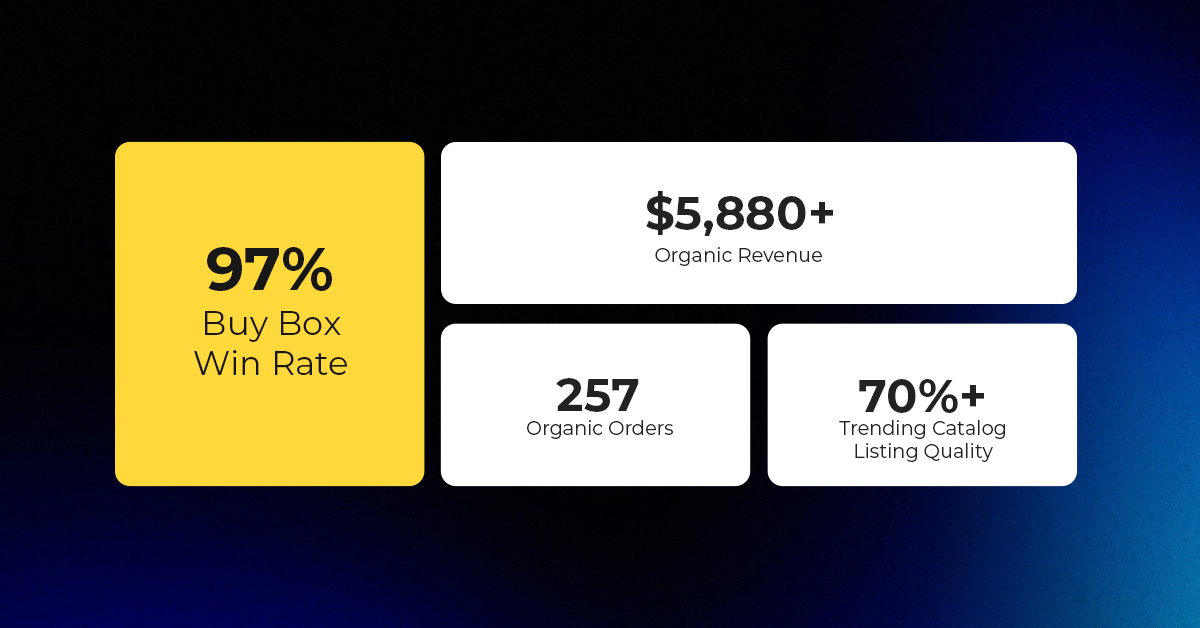
Reading Time: 3 minutesAbout the Brand Name: Vanity Slabs Inc Industry: Trading Slabs- Vanity Slabs…
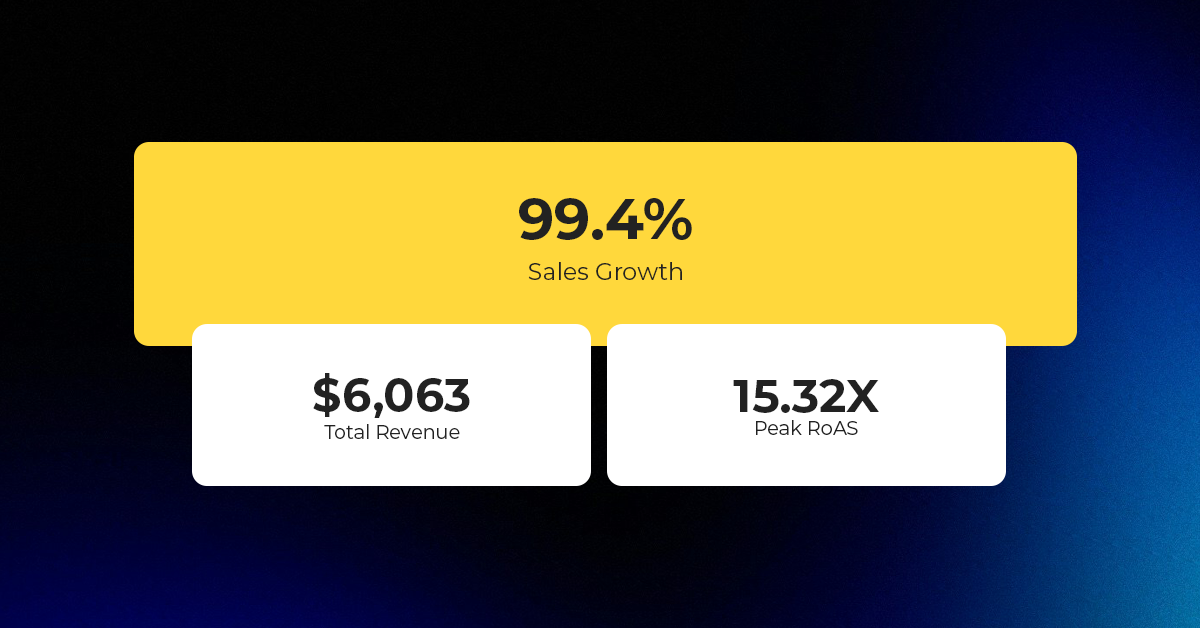
Reading Time: 2 minutesAbout the Brand Name: Ramjet.com Industry: Automotive Parts & Accessories Location: United…
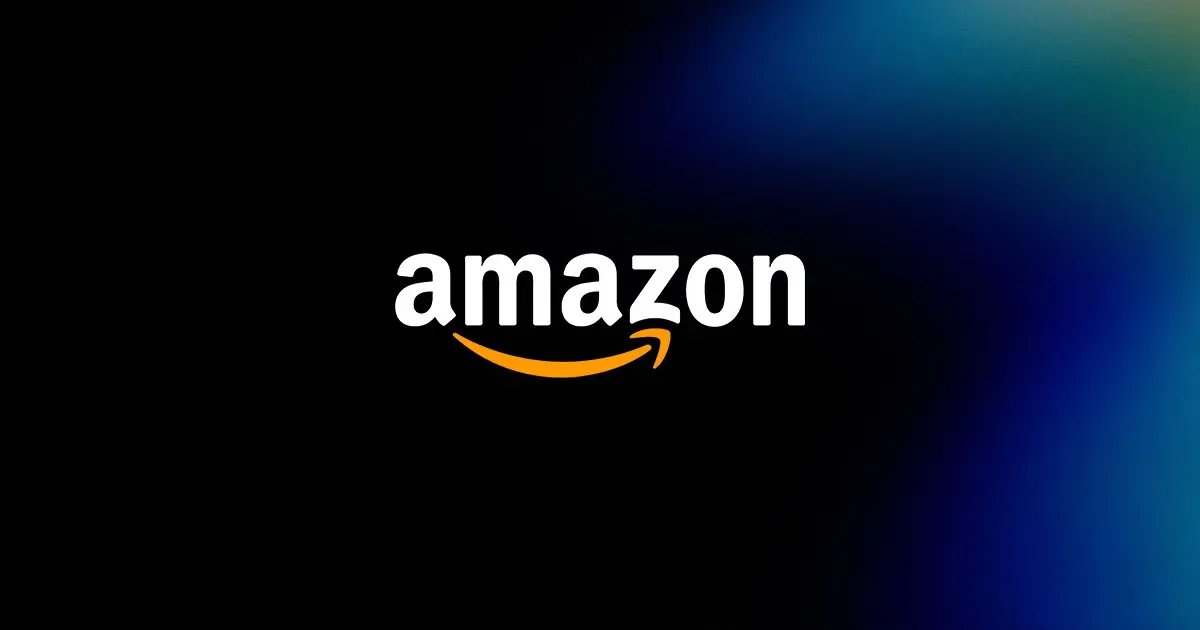
Reading Time: 2 minutesAmazon is rolling out strategic referral fee reductions across five major European…

Reading Time: 4 minutesQuick Summary: Scaling Lifestyle Powersports on eBay with CedCommerce Challenge: Zero marketplace…

Reading Time: 4 minutesTikTok has surpassed 460 million users across Southeast Asia, reinforcing its position…

Reading Time: 3 minuteseBay has released its final seller news update for 2025, with a…

Reading Time: 3 minutesAmazon has clarified its stance regarding speculation around a potential breakup between…
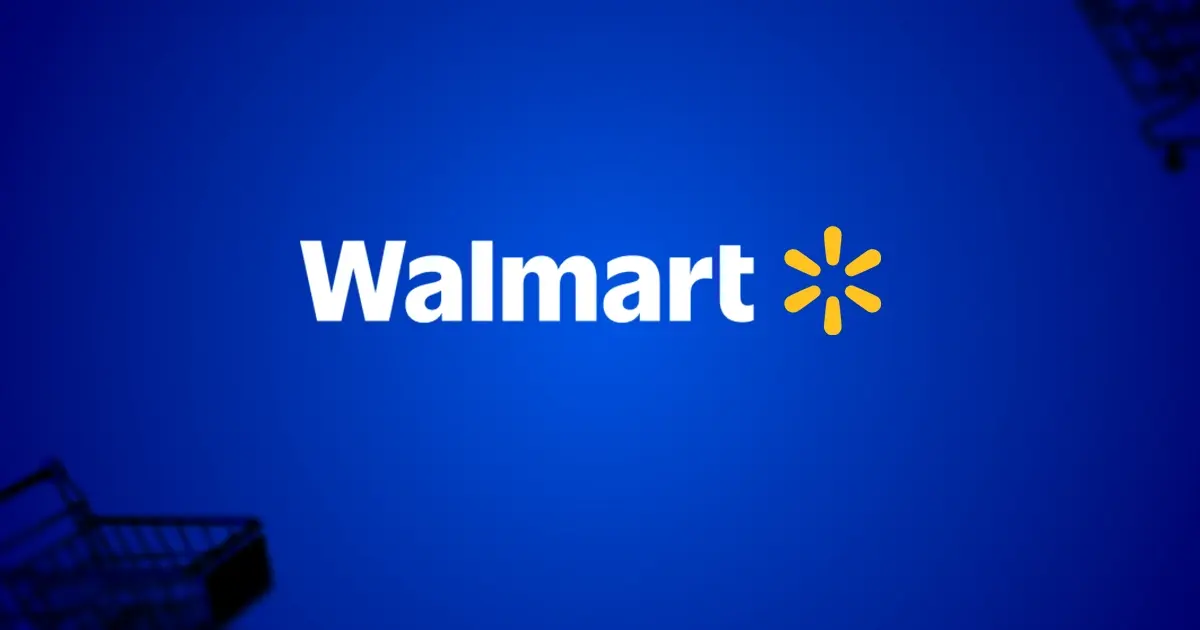
Reading Time: 4 minutesWalmart is accelerating its push into next-generation fulfillment by expanding its drone…

Reading Time: 4 minutesFaire, the fast-growing wholesale marketplace connecting independent retailers with emerging brands, has…

Reading Time: 4 minutesB2B buying in the United States is undergoing a fundamental behavioral shift…
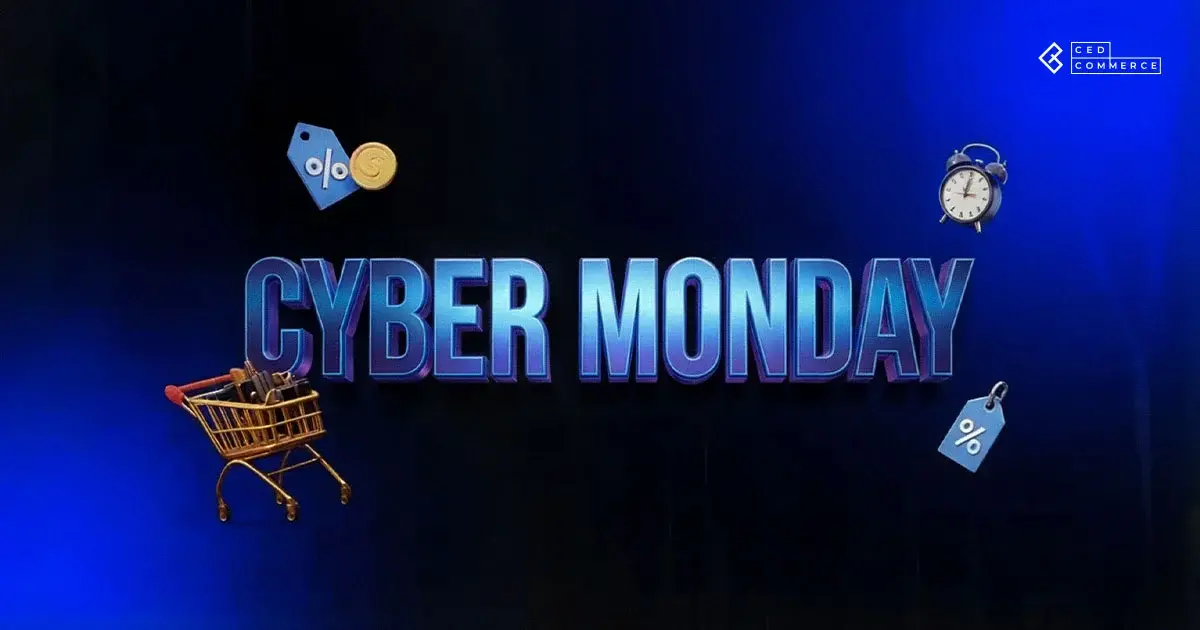
Reading Time: 3 minutesSummary Cyber Monday 2025 has officially become the largest online shopping day…

Reading Time: 2 minutesSummary Amazon kicked off December with two major developments shaping the future…
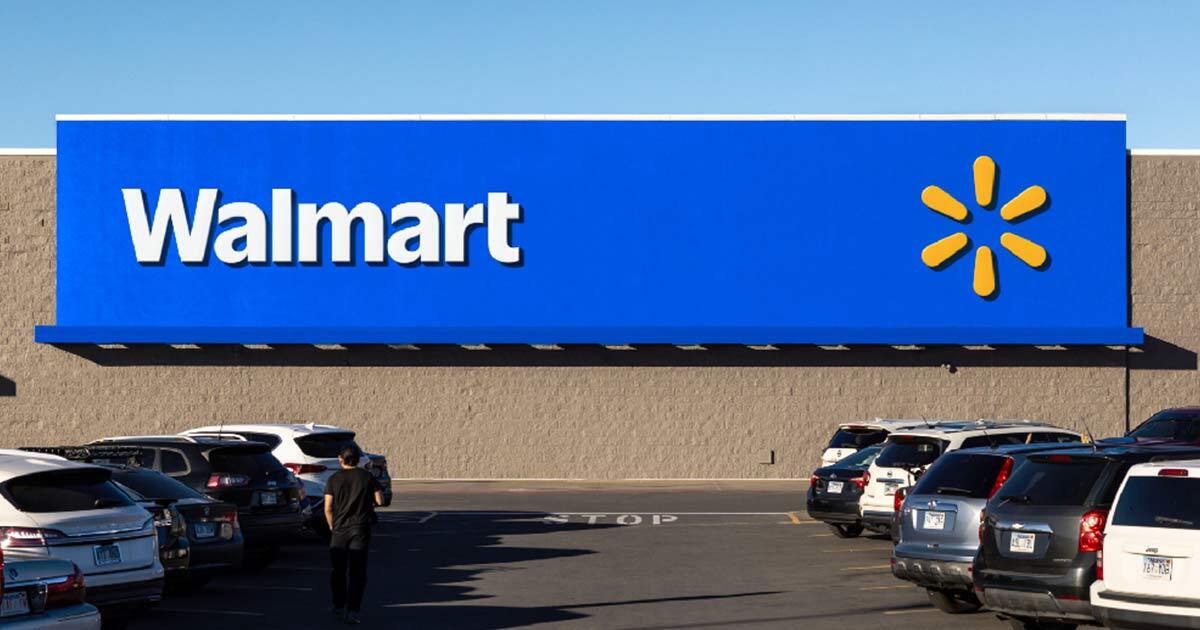
Reading Time: 2 minutesSummary Walmart has entered December with two major moves that signal a…
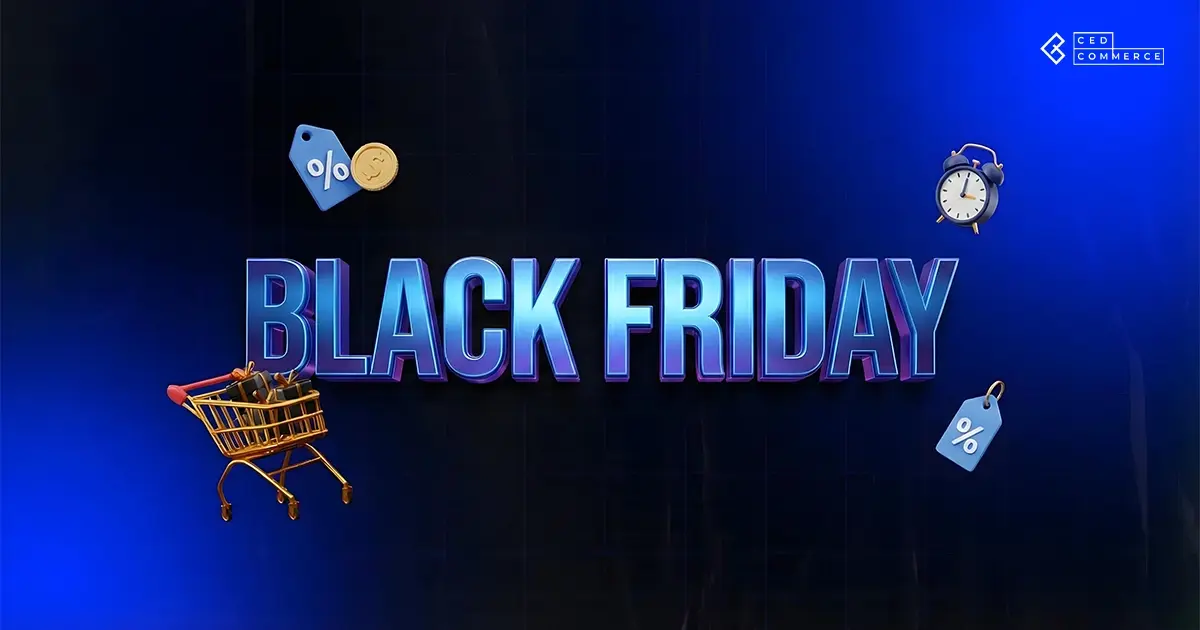
Reading Time: 2 minutesBlack Friday 2025 delivered the strongest U.S. eCommerce performance in history, as…
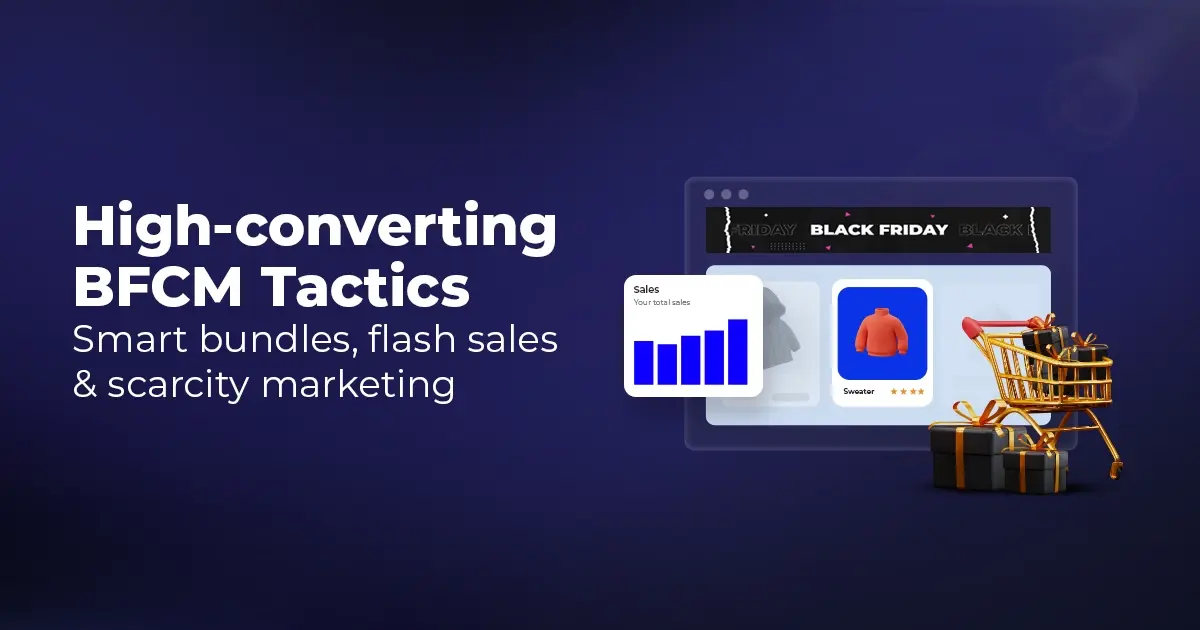
Reading Time: 13 minutesStill approaching BFCM with generic discounts, last-minute price cuts, or scattered promotions?…

Reading Time: 3 minutesTikTok Shop reached a major milestone during its largest U.S. “Global Black…

Reading Time: 3 minutesOpenAI has announced a new AI-powered shopping research tool designed to help…

Reading Time: 9 minutesIf your TikTok Shop listings often sit in review or your visibility…